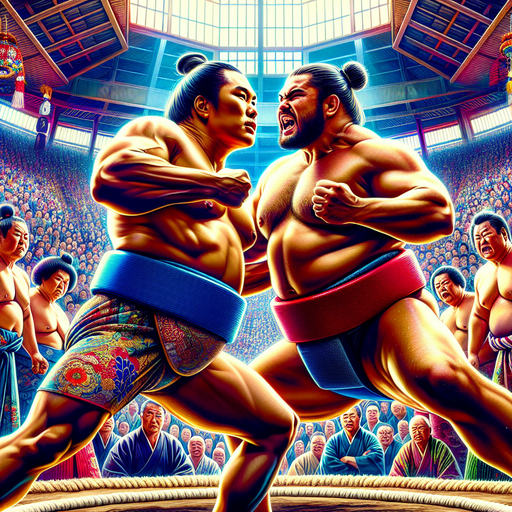What Is Japan National Sport

Introduction
Japan, a nation renowned for its rich cultural heritage, technological advancements, and stunning landscapes, is also a land where sports hold a significant place in society. Among the array of sports that are celebrated in Japan, one stands out as the national sport, embodying the spirit and tradition of the country. But what exactly is Japan's national sport? Many might assume it's baseball or soccer, given their popularity, but the answer is as fascinating as it is traditional: sumo wrestling.
The Ancient Tradition of Sumo Wrestling
Sumo wrestling is not merely a sport in Japan; it is a cultural phenomenon that dates back over 1,500 years. With its roots in Shinto rituals, sumo has evolved into a professional sport while retaining its spiritual and cultural significance. Sumo wrestlers, or rikishi, are revered figures who undergo rigorous training and adhere to strict lifestyle rules, reflecting the deep respect for tradition inherent in the sport.
Each sumo match is a spectacle, filled with rituals and ceremonies that precede the physical contest. From the purification of the ring with salt to the distinctive stomping rituals performed by the wrestlers, these elements highlight sumo's deep connection to Japanese culture and religion.
Rules and Etiquette
The rules of sumo are relatively simple: two wrestlers face off in a circular ring called dohyō, and the objective is to force the opponent out of the ring or to make any part of their body, other than the soles of their feet, touch the ground. Despite these straightforward rules, the sport requires immense skill, balance, and strength.
Sumo is governed by a strict code of conduct, both inside and outside the ring. The wrestlers' attire, their topknot hairstyle, and even their meals are dictated by tradition. This rigorous adherence to custom underscores the respect and honor sumo carries in Japanese society.
Sumo's Role in Modern Japan
In contemporary Japan, sumo remains a significant part of the cultural landscape. The six annual Grand Sumo tournaments, known as Honbasho, attract large audiences and are major events in the Japanese sports calendar. These tournaments are held in different cities across the country, with the most prestigious being in Tokyo.
While sumo has faced challenges such as declining native participation and scandals, it continues to thrive, with foreign wrestlers also making their mark in the sport. This international influence has helped sumo maintain its relevance in a rapidly globalizing world.
Conclusion
Sumo wrestling, as Japan's national sport, is a testament to the country's ability to preserve its traditions while adapting to modern times. It is more than just a sport; it is a living tradition that embodies the values, history, and spirituality of Japan. Whether you are a sports enthusiast or a cultural aficionado, experiencing sumo offers a unique glimpse into the soul of Japan, making it a must-see spectacle for anyone visiting the country.